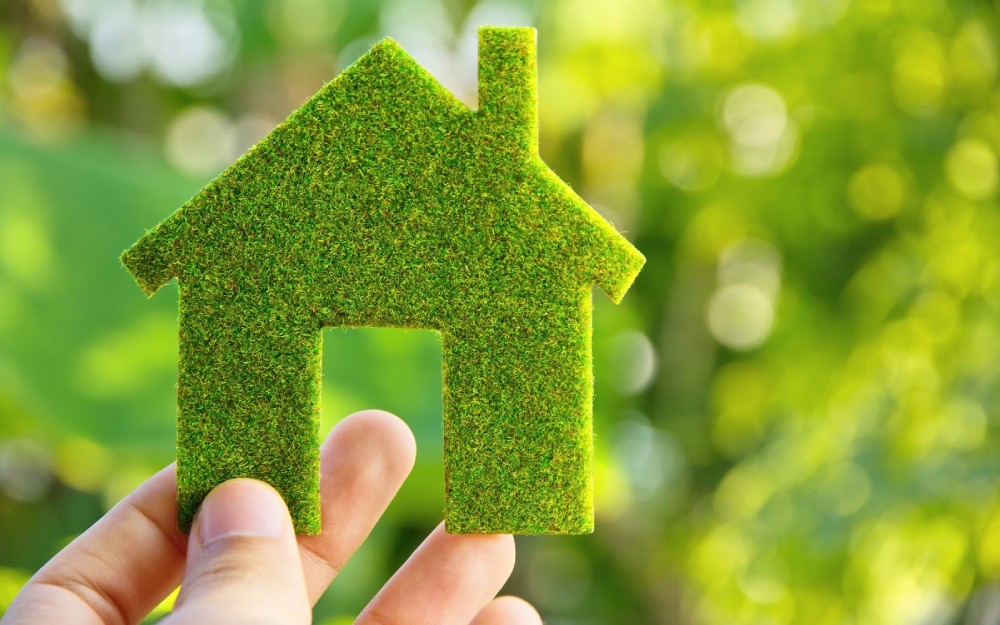Mixed-use developments are a type of real estate project that blends varied functions like residential, commercial, and recreational uses, in a single development. As per Joe Cianciotto, unlike traditional development approaches, where specific areas are designated for single purposes, a mixed-use building may have retail stores on the ground floor, office spaces in the middle, and residential units on the upper levels. Mixed-use developments come in varied forms, starting from small, localized mixed-use projects to large-scale integrated mixed-use developments in urban areas. No matter their size or scale, all mixed-use projects usually help create more walkable, sustainable communities by lowering the reliance on vehicles and maximizing the use of space.
Joe Cianciotto gives a general introduction to mixed-use developments
Much like their name implies, mixed-use developments are basically projects with varied uses. These spaces simultaneously serve multiple functions. For instance, a tower block can be a hotel complex that also includes floors of co-working spaces. A commercial property that houses both a fitness centre and residential units is also an example of a mixed-use development.
Mixed-use projects can be broadly categorized into two types:
- Horizontal: Horizontal mixed-use developments comprise of diverse buildings within a complex. Each of these buildings has its own distinct purpose. Horizontal developments are ideal for towns and suburbs where there is land to spare.
- Vertical: On the other hand, vertical mixed-use developments are ideal for large cities where land is in short supply. Each floor of a vertical mixed-use building can be used for different purposes.
As per Joe Cianciotto, mixed-use developments are intentionally designed to enhance the daily lives of their occupants by offering a high degree of convenience and accessibility. These types of properties typically integrate residential, commercial, and recreational functions within a single structure or area, allowing individuals to access essential services without the need for extensive travel. For residents, this means that essential amenities such as retail shops, grocery stores, and dining establishments are located just steps away from their homes. In a similar manner, employees working in office spaces within mixed-use buildings benefit from having restaurants, shops, and other services nearby, which eliminates the need to travel long distances during the workday.
Mixed-use developments also support environmental sustainability. With key destinations situated within walking distance or easily accessible via public transit, there is a significant reduction in the reliance on personal vehicles. This shift in transportation habits helps to lower greenhouse gas emissions and promotes more eco-friendly modes of commuting, like biking, walking, or using public transportation. By minimizing the need for long commutes and promoting compact, walkable neighborhoods, mixed-use developments can play a key role in addressing climate change and improving urban air quality.
The scope of mixed-use projects is not limited to just residential and commercial spaces. Many of these developments also incorporate green areas, communal spaces, and recreational facilities. These additions contribute to a healthier and more balanced urban lifestyle by encouraging outdoor activity and fostering social interaction. Access to parks and open spaces can improve mental and physical well-being, while the presence of shared communal areas promotes a sense of belonging and strengthens community ties.

